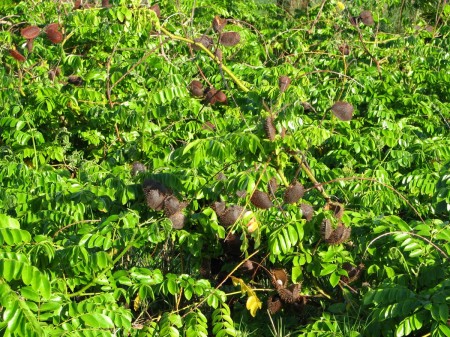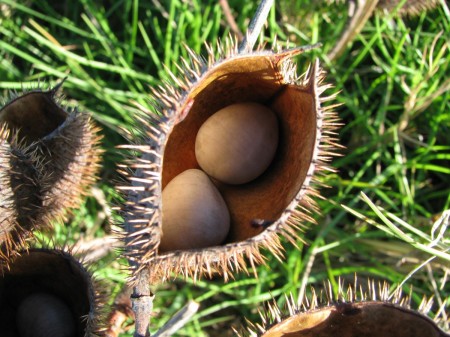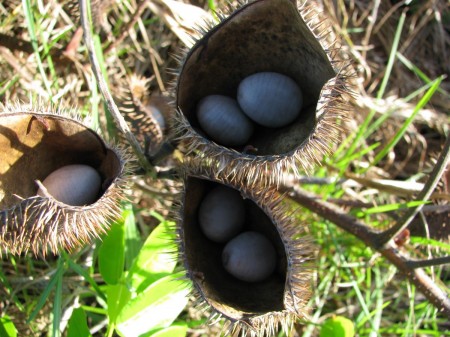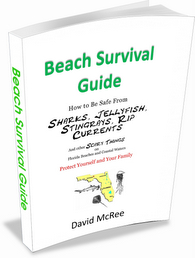
Nickernuts are often found growing near salt water coastlines. They have extremely sharp recurved spines that would rip you to shreds should you attempt to traverse a thick patch. The nickernut plant would most certainly be a fitting briar patch for ol' brer rabbit...
In February I was birding on Fort Desoto and came across this specimen of a gray nickernut plant. The seed pods were bursting open and gave me a great look at where these popular seabeans come from.
Some interesting facts about nickernuts from the excellent book, Sea-Beans from the Tropics, by Ed Perry IV and John V. Dennis:
- They are from the bean family and are not nuts.
- They are known to have floated for more than 30 years under test conditions.
- They can be yellow, orange, brown, rust, or anywhere in-between.
- Gray ones are the most common in Florida, yellow nickernuts are rarest in Florida.

Inside each prickly seed pod are two round hard seeds, which are made into attractive jewelry by some seabean collectors.
Nickernuts are also known as:
- Sea pearls
- Nickar
- Nickarnuts
- Nickerbeans
- Gray Nickar, etc.

One plant can have many hundreds of seeds which can float great distances and colonize distant shores.
Below is some video I shot of the plant and the seeds being removed from the pods:



